OLD Large Photo & Frame - Any ideas how old this is?
crystalcurtis
13 years ago
Related Stories
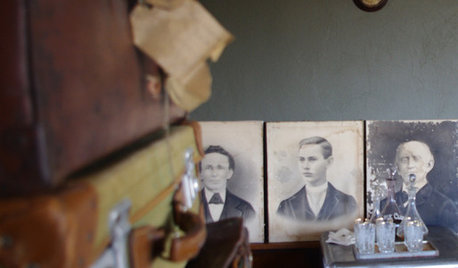
DECORATING PROJECTSWhat to Do With Old Family Photos
Find out how to research, share and preserve images that offer a connection to the past
Full Story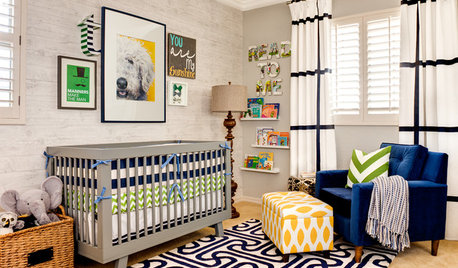
KIDS’ SPACESSee an Arizona Nursery That’ll Never Get Old
Age appropriate but not childish, this baby boy’s room will grow with him without a redesign
Full Story
GARDENING AND LANDSCAPINGOld-School Design: Frame Your Garden View
Highlight your landscape's best features with curving branches, a vine-covered arch, or modern garden structure
Full Story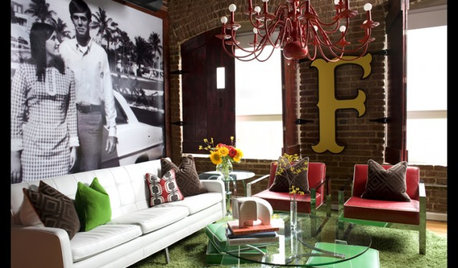
SALVAGE12 Ways to Get in the Spirit of Old Stuff Day
Vintage heads into the limelight on March 2. What pieces could you cast in a different role?
Full Story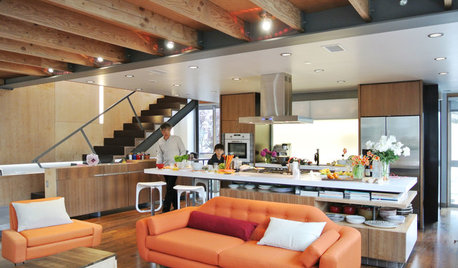
CONTEMPORARY HOMESHouzz Tour: A New Home in an Old Backyard
With a large lot and an architect dad, building from the ground up was the perfect solution for this Los Angeles family
Full Story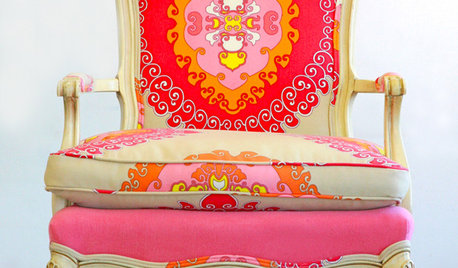
FURNITUREOld Furniture: Clean, Reupholster or Replace It?
A veteran upholstery cleaner weighs in on the options for found, inherited and thrift store furniture
Full Story
BATHROOM DESIGNOld-School Swagger for a Modern Bath
Sepia photos, a leather-look floor and crisp finishes make for a room that’s dapper but appeals across the board
Full Story
DECORATING GUIDESUse It or Lose It: How to Get Rid of Old Keys
Clean out your junk drawer by getting rid of keys in an earth-friendly way
Full Story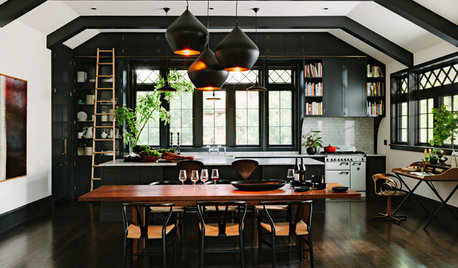
REMODELING GUIDESHouzz Tour: An Old Oregon Library Starts a New Chapter
With an addition and some renovation love, a neglected Craftsman building becomes a comfortable home and studio
Full StoryMore Discussions










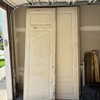
lindac
crystalcurtisOriginal Author
Related Professionals
Chicago Furniture & Accessories · Lebanon Furniture & Accessories · North Bergen Furniture & Accessories · Carpinteria Furniture & Accessories · Ogden Interior Designers & Decorators · Fort Collins Painters · Woodstock Painters · Coos Bay Painters · Ruskin Painters · Stuart Painters · West Jordan Painters · Rohnert Park Painters · Charleston Furniture & Accessories · Palmetto Bay Furniture & Accessories · Salt Lake City Professional Organizerslindac
sunnyca_gw
jemdandy
crystalcurtisOriginal Author
pudgeder
kterlep
jemdandy
lazypup
antiquesilver
kterlep
lazypup
lindac
kterlep
kterlep
pamghatten
Chloe1254
calliope
franksmom_2010